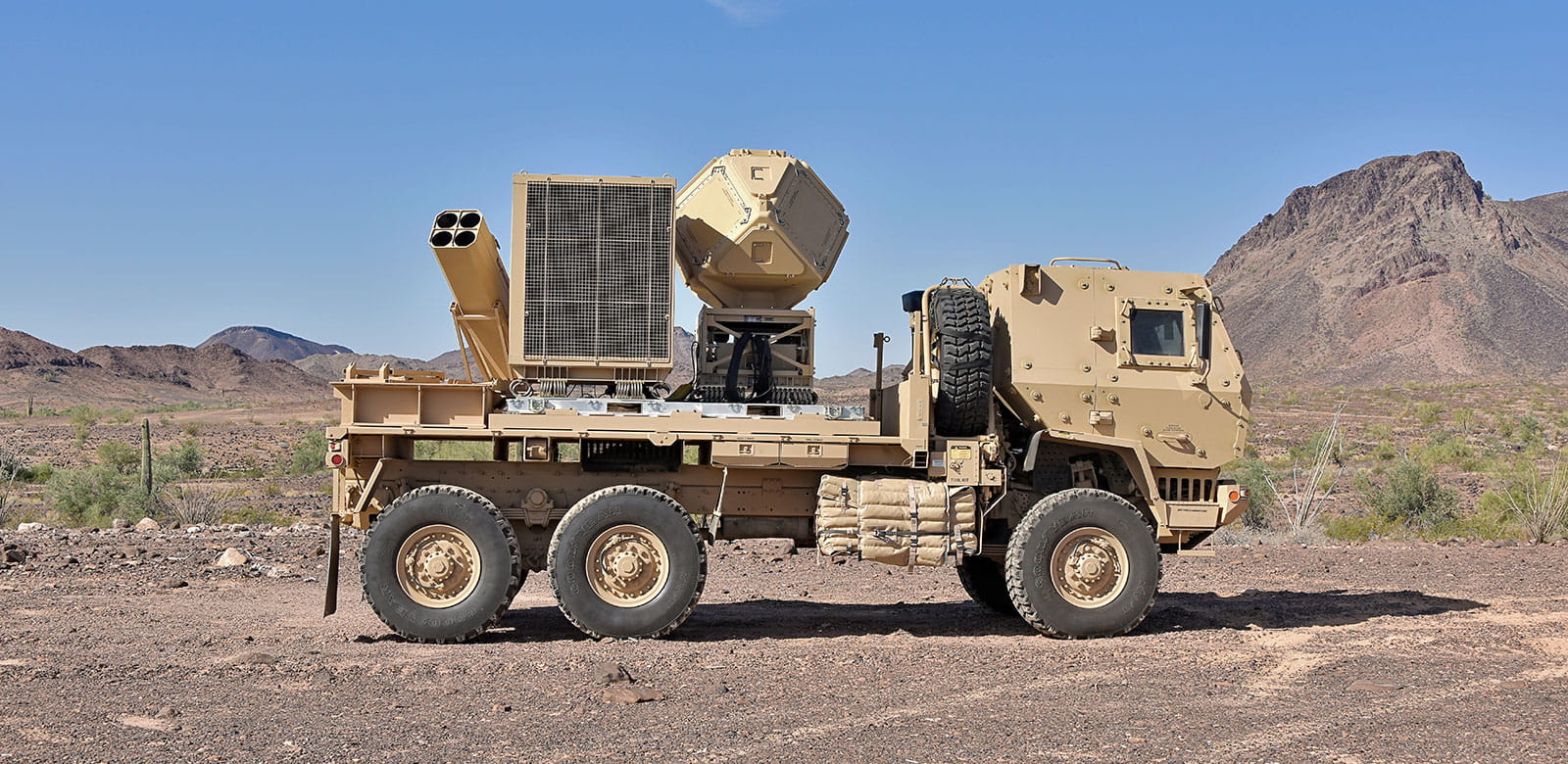
The US Army has awarded Raytheon Technologies a $237 million contract for Ku-band Radio Frequency Sensors (KuRFS) and Coyote effectors, which will help detect and defeat unmanned aircraft (UAVs).
These capabilities will be part of the Army’s low, slow, small-unmanned aircraft integrated defeat system (LIDS) and will support the Army’s US Central Command operations.
KuRFS will provide advanced 360-degree threat detection, while Coyote’s low-cost effectors will defeat drones.
“The KuRFS radar and Coyote effectors effectively detect and defeat unmanned aircraft systems, an increasingly evident and global threat,” said Tom Laliberty, president of Land Warfare & Air Defense at Raytheon Missiles & Defense.
The KuRFS precision targeting radar and the scaled Ku720 mobile sensing radar will deliver persistent detection, identification, and tracking of airborne threats. Meanwhile, the Coyote Block 2 can defeat single drones and swarms of drones varying in size and manoeuvrability at higher altitudes and longer ranges than similar systems.
According to GlobalData’s report on “The Land-Based Military Radar Market 2019–2029“, North America is the largest market for the Land-based Military Radar market. Raytheon is anticipated to account for the second-highest revenue share of US$2.9bn over the forecast period. Major product lines for Raytheon include AN/TPY-2, KuRFS Radars, and ROTHR over-the-horizon surveillance radar.
The LIDS program integrates the KuRFS and the Coyote family of effectors with Northrop Grumman’s Forward Area Air Defense Command and Control system and Syracuse Research Corporation’s electronic warfare system. These systems create a multi-mission fixed, relocatable, or mobile deployed system, that provides a complete extended-range defence solution.
Laliberty said that LIDS is “operationally deployed, providing a proven, reliable, and essential layer of defence against enemy drones.”
Harry Boneham, an aerospace, defence, and security analyst at GlobalData, provided his take on the matter, “A growing number of militaries can procure unmanned capabilities as the financial burden of such procurements decreases, with relatively cheap UAS such as the TB2 now available.
In addition, as seen in the war in Ukraine, COTS drones can be deployed for tactical ISR and low-level strike missions. These advances combine to an increasingly prominent role for UAVs in modern militaries. In light of this, effective CUAS methods are increasingly vital assets.”




